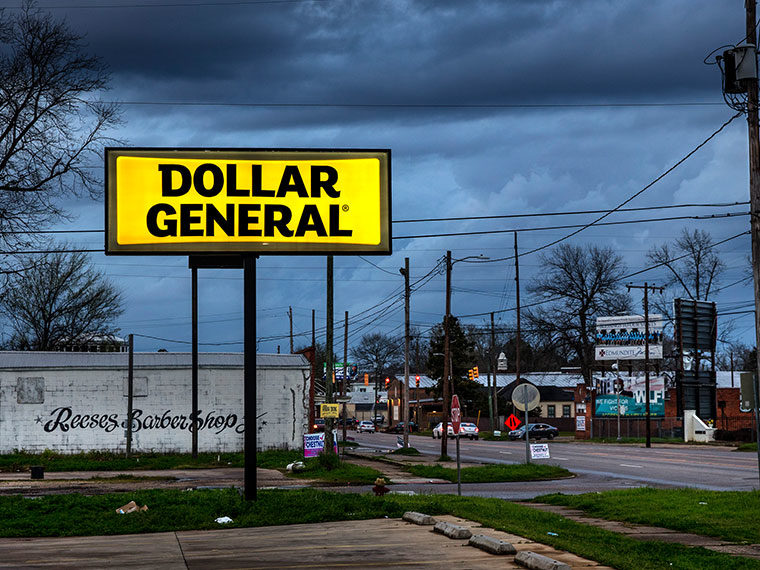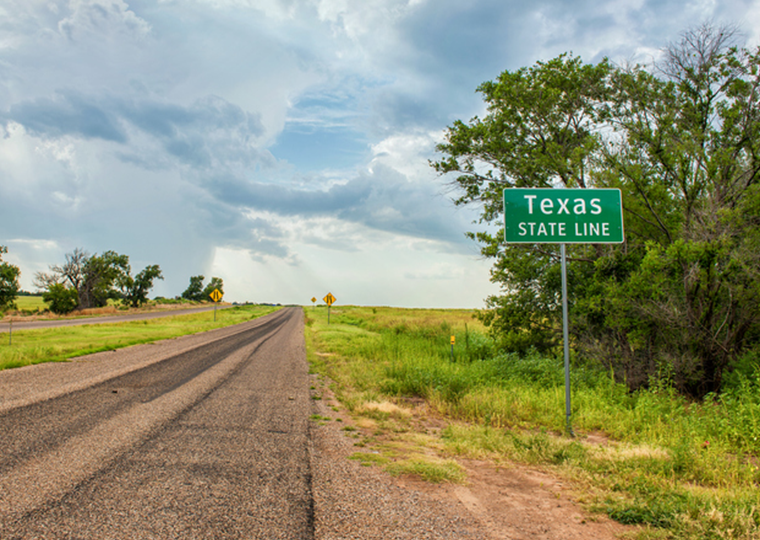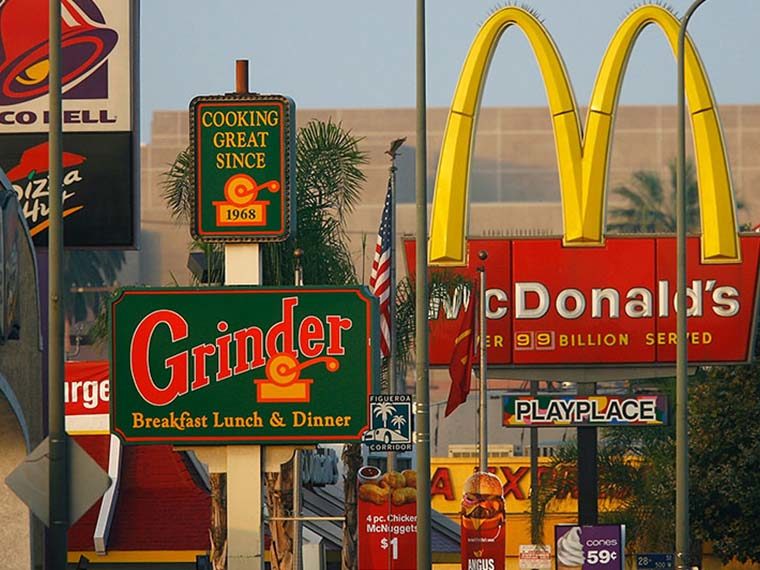Modest loss of jobs followed 1966 law, but millions won substantial raises
The U.S. federal minimum wage has been stuck at $7.25 an hour since 2009, despite widespread understanding that such pittance sustains shelter and sustenance almost nowhere in America. Critics of a popular, presidential-backed movement to raise the federal rate to $15 an hour contend the hike would force employers to cut jobs and work hours, ultimately pushing even more Americans into poverty.
A study of the 1966 amendments to the Fair Labor Standards Act offers a chance to see what actually happened when wages increased sharply for a large chunk of the American workforce. In a paper published in the Journal of Labor Economics, UCLA’s Martha J. Bailey, University of Michigan’s John DiNardo and the Federal Reserve Bank of Philadelphia’s Bryan A. Stuart focus on changes in national wages and employment levels after the new laws forced a big federal minimum wage increase to $1.60 in the 1960s, equivalent to $13.80 an hour today.
Opt In to the Review Monthly Email Update.
Nationwide, the study indicates that employment was lower by 0.7% in areas highly affected by the minimum wage increase, relative to areas less affected by the increase.
Effects of Wage Increase Not Equal Across Industries
Certain segments of the workforce were more likely than others to lose jobs after the legislation took effect. Employment levels for Black men, some 40% of whom were working for less than minimum wage before 1966, decreased by 3.4% in areas highly affected by the minimum wage increase. Their average annual working hours declined by 5%. In contrast, employment levels for white working men did not change, the study finds. Teens and men with less than high school educations also were more likely to lose work.
The 1966 FLSA ordered a 28% increase in minimum wages, spread over two years, for about 32.3 million workers already covered by minimum wage laws. But its bigger effect was eliminating minimum wage exceptions for thousands of employers, including restaurants, hospitals, federal contractors, hotels and schools.
The researchers parsed effects by contrasting wages and employment levels in states that were more affected by the change with those that were less affected. Texas and Oklahoma, for example, had far higher percentages of workers earning below the new minimum wage before the 1966 amendments than did California and New York. The authors analyzed worker wages by industry and demographics in the years before and after legislation.
Majority of Raises Went to Workers Who Did Not Previously Qualify
With the new laws, some 9.1 million workers became eligible for minimum wages for the first time. For those workers, the minimum started at $1 an hour and increased annually over the next four years to $1.60. Minimum pay for farm workers peaked at $1.30. The legislation also established time-and-a-half pay for overtime, defined first as 44 hours a week and dropping in 1969 to today’s 40-hour standard.
Nationally, average wages increased 6.5% following the new minimums, with the vast majority of those raises going to workers who did not qualify previously for minimum wage protections at all, according to the findings. For example, wages rose 6% faster after 1966 in states where many more workers had wages below the new federal minimum, than in states where fewer workers did.
Black men on average saw almost three times larger pay increases than white men, largely because they were more likely to live in low-wage states and to work in industries not previously covered by the laws. For similar reasons, average wages for men without high school diplomas increased significantly more than graduates.
The debate over how minimum wage changes affect employment levels has been raging since the early 1900s. A multitude of research has failed to generate consensus on the subject. Today, much of the discussion is playing out in courts, where some state attorneys general and others are challenging proposals to raise federal or local minimum wage rates. But the legal battles are overshadowed by developments in the labor market, where a shortage of workers has led some of the nation’s largest employers to adopt $15 as a minimum hourly wage, forcing many smaller employers to match the pay level.
Featured Faculty
-
Martha J. Bailey
Professor of Economics
About the Research
Bailey, M.J., DiNardo, J. and Stuart, B.A. (2021). The Economic Impact of a High National Minimum Wage: Evidence From the 1966 Fair Labor Standards Act. Journal of Labor Economics 39(S2) 329-S367. doi:10.3386/w26926






